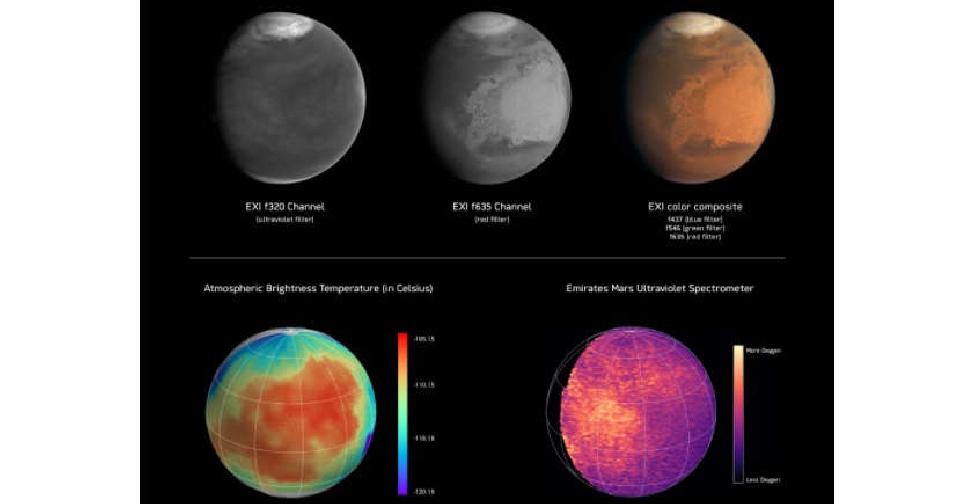
It will be a year since the Emirates Mars Mission, the first interplanetary exploration undertaken by an Arab nation, blasted off from Japan's Tanegashima Space Centre to space.
The historic moment was clocked at 1:58 am (UAE time) on July 20, 2020.
The mission has exceeded its anticipated performance, encompassing a range of additional activities and freeing up valuable resources to perform additional observations.
"We’ve had quite a lot of ‘wiggle room’ in addition to our planned parameters and our confidence in our spacecraft has gone from strength to strength," highlighted EMM Project Director Omran Sharaf.
"We were able to cut the number of trajectory correction manoeuvres, perform additional observations during our flight to Mars and now have added a whole area of scientific study to the mission that I can only describe as a ‘bonus’. It has been a very busy year indeed for Hope!"
EMM’s Emirates Mars Ultraviolet Spectrometer (EMUS) instrument was activated during Hope’s cruise to Mars and used to image Mars’ exospheric hydrogen.
"These experiments were possible simply because Mars Hope was in such good shape," Hessa Al Matroushi, EMM’s Science Lead highlighted.
The dust tracking feature of Mars Hope’s star tracker instruments was also enabled, allowing measurements of interplanetary dust in the wake of Mars as it spins around the sun.
With the successful Mars Orbit Insertion (MOI) manoeuvre taking place on February 9, the Mars Hope spacecraft transitioned to its orbit on March 23 with its last scheduled ‘big burn’ of its six Delta-V thrusters.
The probe’s three instruments were activated on April 10 and a period of commissioning and testing followed, before the mission’s science phase formally commenced on May 23.
It was during this period that the EMM science team first made the stunning observations of Mars’ discrete aurora, releasing the first global images of Mars discrete aurora in the far-ultraviolet, and providing new insights into the discrete phenomenon.
"Mars’ aurorae are an area of intense interest to the global scientific community and their study has tremendous potential to challenge, expand and deepen our understanding of Mars’ atmosphere and its interaction with the planet and with solar energies," said Al Matroushi. "We were hopeful that EMUS could make a contribution in this area but we now know with absolute certainty that contribution is going to be ground breaking."
Hope Probe will complete one orbit of the planet every 55 hours and will capture a full planetary data sample every nine days in its two-year mission to map Mar’s atmospheric dynamics.
Science data from the mission will be released globally with no embargo, following a period of validation and checking, in October.
The Hope Probe’s historic journey to the Red Planet coincides with a year of celebrations to mark the UAE’s Golden Jubilee.



 Dubai Police waives traffic fines incurred on April 16
Dubai Police waives traffic fines incurred on April 16
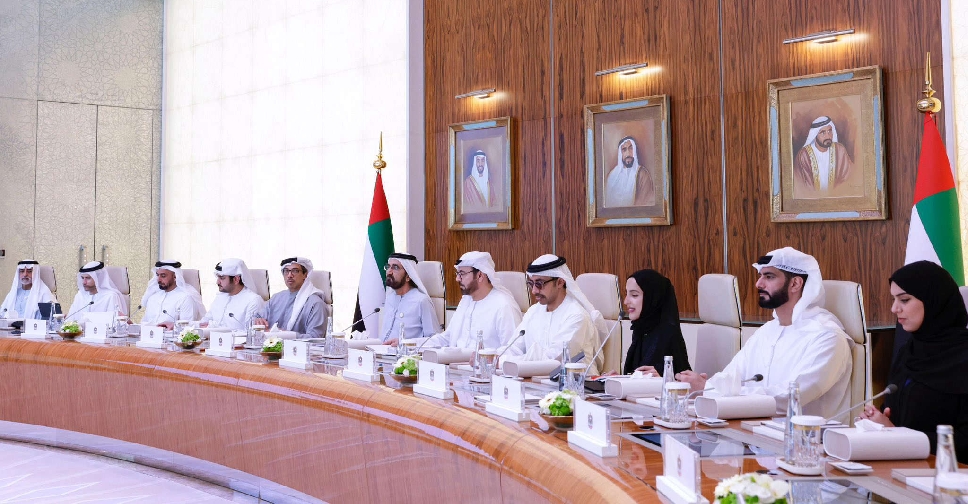 UAE allocates AED 2 billion to deal with rain-damaged homes
UAE allocates AED 2 billion to deal with rain-damaged homes
 Over 1,300 firms fined for breaking Emiratisation rules
Over 1,300 firms fined for breaking Emiratisation rules
 UAE, Egypt airdrop more Gaza aid
UAE, Egypt airdrop more Gaza aid
 Dubai-Abu Dhabi bus services resume
Dubai-Abu Dhabi bus services resume
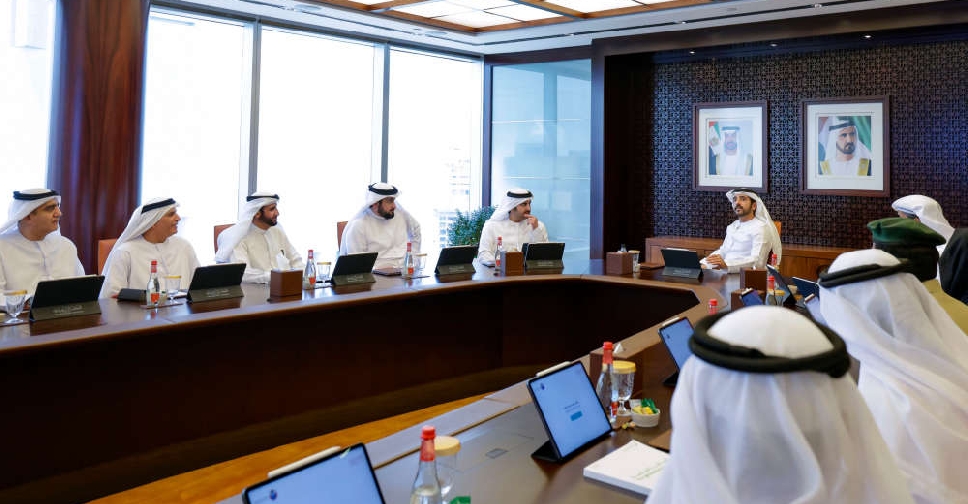 H.H. Sheikh Hamdan lauds Dubai’s resilience through extreme weather
H.H. Sheikh Hamdan lauds Dubai’s resilience through extreme weather
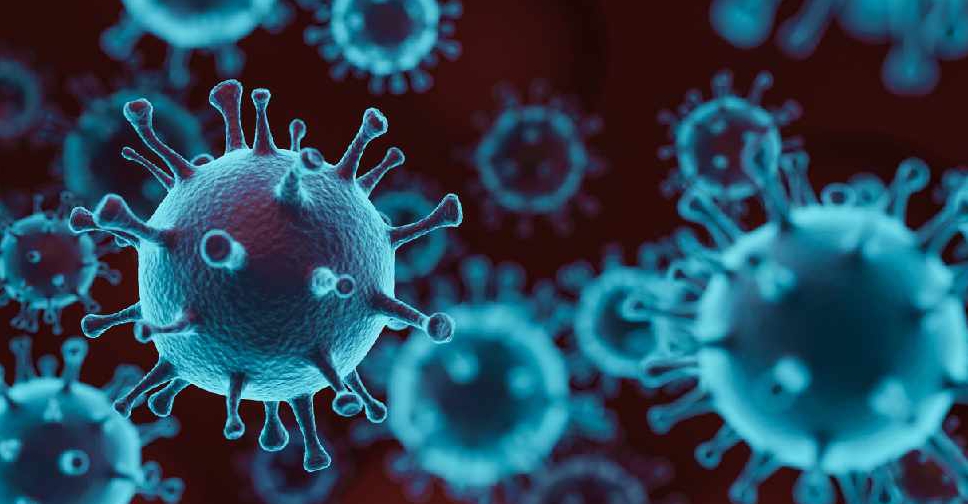 UAE pledges AED 55 million for disease elimination
UAE pledges AED 55 million for disease elimination
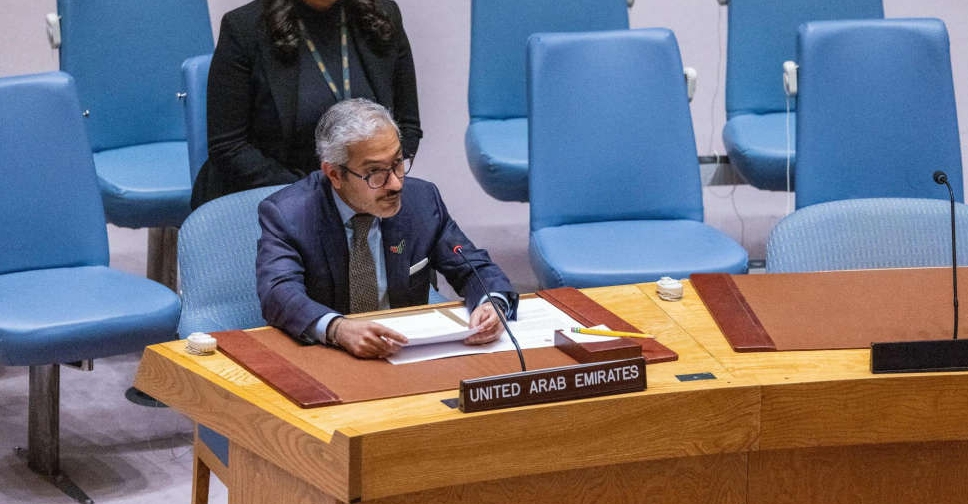 UAE condemns sexual violence in conflict zones at UN
UAE condemns sexual violence in conflict zones at UN



